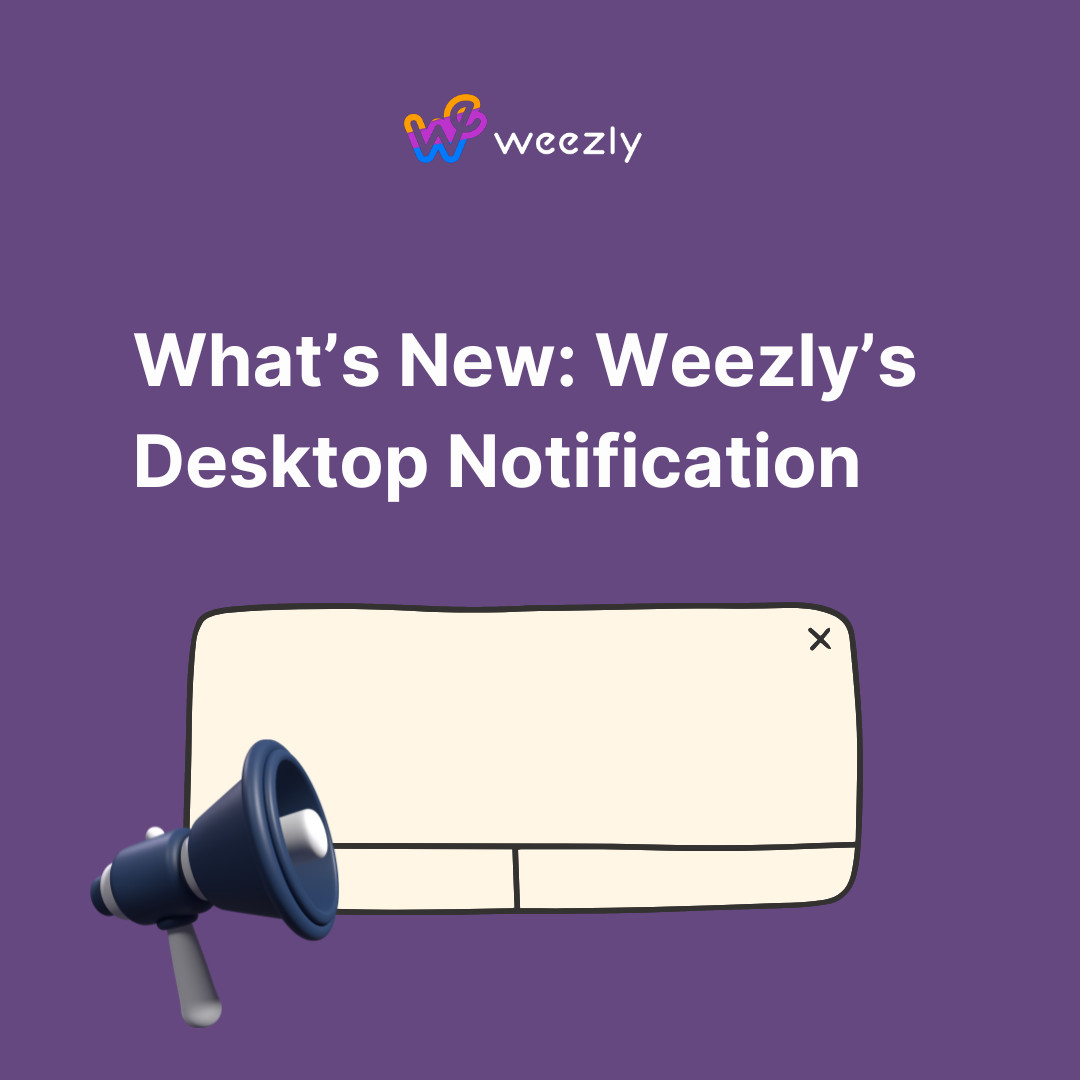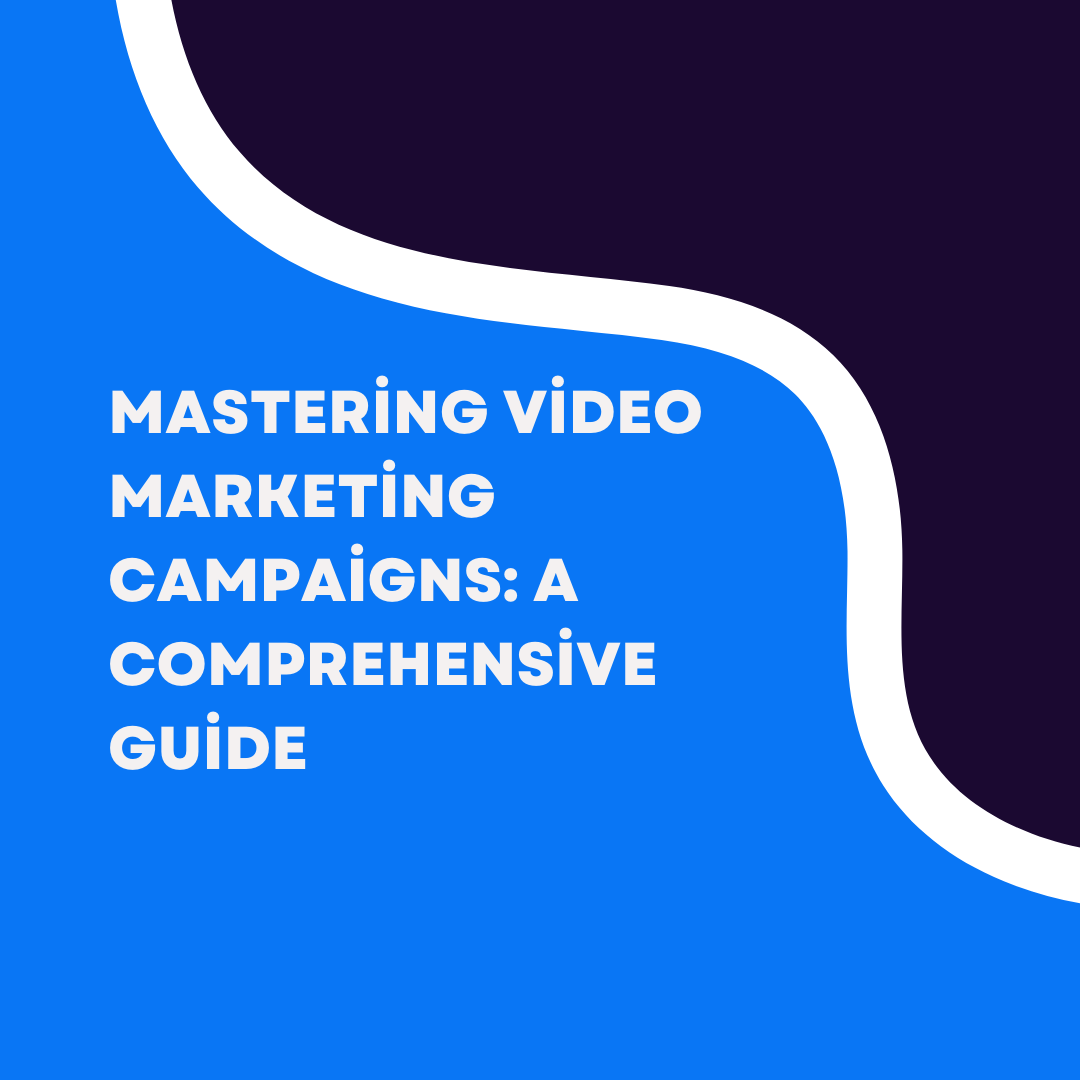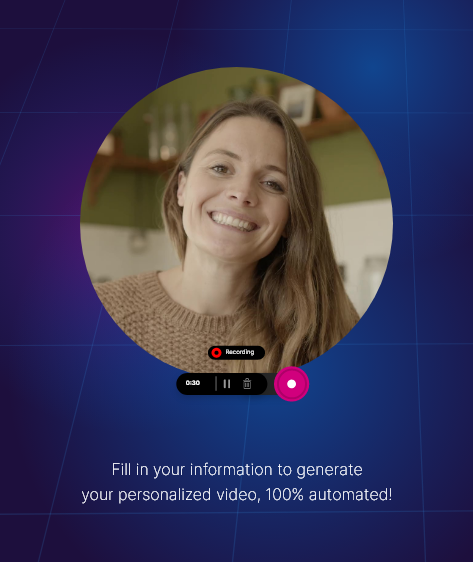Building an efficient workflow to automate your copywriting tasks is no longer a dream reserved for large agencies. With the rapid advancements in AI-powered writing tools, entrepreneurs and marketing teams are now constructing entire teams of AI copywriters capable of handling everything from cold email sequences to high-converting sales letters and VSSL (Video Sales Letter) scripts.
In this article, you’ll discover exactly how to set up your own AI copywriter team, automate your outreach campaigns, and leverage best practices for impressive results. Whether you’re an agency looking to streamline processes or a solopreneur handling multiple campaigns, this guide will walk you through each step—based entirely on proven workflows in the field of automated copywriting.
Based on the original video:
Why Build an AI Copywriter Team?
Automating your copywriting isn’t just about saving time. It’s about ensuring quality, consistency, and scale across every messaging channel. By building a team of AI copywriters, you can:
- Deliver best-practice cold emails at scale
- Generate custom video sales letter scripts in minutes
- Maintain unified brand messaging across ad copy, emails, and sales documents
- Iterate and test different outreach methods with minimal effort
If optimizing cold outreach, ad campaigns, or video sales flows is a goal, assembling an AI-powered writing operation is a game-changer.
Getting Started: The Essential Components
The foundation of this system is a robust combination of prompt engineering, AI workflow design, and integration with powerful tools like OpenAI’s assistant API. Here’s how to start:
1. Crafting Effective Prompts
The process begins with a simple chat interface or command input. For example, you might prompt your AI assistant: “Please write me a cold email sequence based on best practices targeting plumbers. The offer is we guarantee them 10 new clients in 3 weeks or they don’t pay.”
This approach allows the AI to understand context, target audience, and unique selling propositions from the outset.
2. Designing Specialized AI Agents
Each writing task is routed to an agent (or specialized workflow) with expertise in a specific copy style:
- Cold Email Copywriter: Focuses solely on best-practice email outreach
- VSSL Script Writer: Structures content for compelling video sales letters, integrating reputable frameworks
- Ad Copy Specialist: Crafts conversion-focused ad copy across channels
When a prompt is submitted, it’s automatically routed to the corresponding AI agent—a powerful example of workflow efficiency.
Configuring Your OpenAI Account for Custom Copywriting Workflows
Much of the magic happens within your OpenAI dashboard. Here’s how to set up custom AI assistants for each type of copy:
Defining System Prompts and Contexts
Each assistant gets a “system message”—a detailed prompt with context, instructions, tools, examples, and standard operating procedures (SOPs). For best results, load each assistant with:
- Clear task descriptions
- Relevant examples of winning copy
- Comprehensive guides and best practices
- Any unique requirements (e.g., specific industry language)
Structuring Workflows for Flexibility
Rather than running all logic within the automation tool, most of the intelligence sits inside your OpenAI assistant setup. That means your automations simply pass in the user’s prompt, and the AI agent, equipped with detailed context, generates the appropriate copy.
For example: A prompt requesting a cold email sequence for plumbers is routed to the ‘Cold Email Copywriter’ agent, which references stored SOPs and file data to draft high-converting emails.
Routing Outputs for Easy Access
Once generated, responses can automatically be pushed into a running Google Doc or another central workspace. This allows for quick edits, team collaboration, or instant campaign deployment.

Deep Dive: How AI Copywriter Teams Deliver Real Results
Example Run-Through: From Prompt to Cold Email Sequence
To illustrate, imagine you drop your prompt into the chat: “Please write a cold email sequence targeting plumbers. Offer: 10 new clients in 3 weeks or they don’t pay.”
The workflow triggers as follows:
- Prompt hits the AI node, routed to the ‘Cold Email Copywriter’ agent
- Agent leverages stored instructions, examples, and best practices
- Within seconds, a full four-part email sequence is generated
- Each email follows best practices, from personalization to credible proof elements
Adapting for Different Formats: VSSL Scripts & Sales Letters
If you need a new asset—say, a VSSL script—the process is just as simple. Enter your request for a sales letter video script, and the workflow automatically switches to the ‘VSSL Script Writer.’ Each script is built on proven VSSL frameworks, ensuring high engagement and conversion rates.
Key Takeaways from AI Copywriter Workflow Automation:
- Specialized agents: Allow for expert-level outputs tailored to purpose (emails, ads, VSSLs)
- Rapid iteration: New copy is generated in seconds for A/B testing and campaign refreshes
- Consistency & compliance: All content sticks to your prescribed brand voice and compliance guidelines
- Central workflow management: No more scattered files—every asset is organized and updated in real time
Step-by-Step: Setting Up Your Own AI Copywriter Agents
1. Create Your Assistant in OpenAI Dashboard
Start by accessing your OpenAI dashboard and selecting the ‘Assistant’ feature. For each major copywriting need (cold emails, VSSLs, ads), create a dedicated assistant.
When naming your assistant—e.g., ‘Cold Email Copywriter’—add a succinct description: “Call this tool whenever a user requests a cold email sequence.”
2. Load Context Files and Best Practices
For maximum effectiveness, attach comprehensive guides, real-world examples, and winning templates as file references. Toggle on file search so your assistant can cross-reference every instruction as it writes.
3. Define Robust System Prompts
Your system message should include:
- Detailed instructions for the specific copy type
- Persona, tone, and industry guidelines
- Formatting preferences (bullets, sections, etc.)
- Dos and don’ts, such as required legal disclaimers or compliance steps
4. Test and Refine Outputs
Once your agent is loaded with information, begin testing with varied prompts. Review the generated results, make edits in your workflows if needed, and continue supplying new examples or clarifications as your campaigns evolve.

Optimizing and Scaling: Advanced Tips for Automated Copywriting Success
Leverage Workflow Automation Tools
While the core ‘thinking’ happens in your OpenAI assistant setup, you can use a workflow automation platform (such as Zapier or Make) to trigger agents, aggregate responses, and update shared documents or CRMs. For a seamless experience, use centralized prompts and automate data routing wherever possible.
Build Modular Agent Workflows
Design each AI agent to function independently but also as part of a larger process. For example, after generating an email sequence, prompt another agent to create a related follow-up campaign or a complementary ad copy set.
Document Your Processes
Keep SOPs up to date and accessible—whether in Google Docs, Notion, or embedded within your OpenAI files. The more structured your guidance, the more reliable your outputs will be.
Protect Your Data and Define Permissions
When working with sensitive client or campaign data, ensure only authorized agents and team members have access. Regularly audit workflows for compliance and privacy best practices.
Integrating with Your Marketing Stack
Having your AI-generated copy stored and updated automatically in your Google Docs or another cloud workspace allows for easy review, editing, and collaboration. With version control, feedback cycles, and team access built-in, your automated copywriting operation operates as a true extension of your business.
Real-World Applications of Automated AI Copywriter Teams
- Agencies scaling outbound campaigns for diverse industries
- Coaches and consultants launching new offers with dynamic messaging
- SaaS platforms needing frequent ad and landing page copy updates
- Entrepreneurs handling multiple brands or service verticals simultaneously
For a comprehensive look at using multichannel strategies to drive B2B leads—as a complement to your automated copywriting system—explore the Halo Funnel approach. This proven framework takes outreach further by leveraging daily content, opt-ins, and direct video sales letters. Read more in this deep-dive article on multichannel lead generation.

Common Pitfalls and How to Avoid Them
Not Providing Enough Context
If your AI outputs lack clarity or persuasiveness, revisit the assistant setup. Ensure your system prompts and uploaded files give clear direction and rich examples.
Using Generic Prompts
Tailor each user prompt for the specific audience, offer, and desired action. The more relevant your inputs, the stronger (and more original) your copy results.
Failing to Review and Edit
While AI agents deliver fast results, always review outputs for quality, personalization, and compliance before deploying live campaigns.
Summary: The Advantages of AI Copywriter Workflow Automation
- Save countless hours on repetitive writing tasks
- Ensure every campaign asset is optimized for your brand and audience
- Scale your marketing and outreach with consistency and speed
- Swiftly create, iterate, and redeploy campaigns in response to market feedback
- Integrate seamlessly with your existing document and workflow tools
FAQ
How do you set up an AI copywriter in OpenAI?
Create a dedicated assistant for each copywriting task in your OpenAI dashboard. Attach guides, examples, and instructions as file references, then define a detailed system prompt. Enable file search and test with varied prompts for optimal results.
What types of copy can an AI copywriter team produce?
AI copywriter teams can generate cold email sequences, video sales letter (VSSL) scripts, sales letters, ad copy, and more—all tailored by specialized agents configured for each task.
Why is context important for automated copywriting workflows?
Context ensures the AI understands the intended audience, brand voice, and strategic objectives. The clearer your context and examples, the higher quality your results will be.
How can you integrate AI-generated copy with collaborative workflows?
By routing AI-generated outputs into Google Docs or centralized cloud folders, your team can review, edit, and deploy content quickly—ensuring alignment and compliance.
What are some ways to optimize results from AI-powered copywriting agents?
Use detailed system prompts, real-world winning examples, and robust SOPs. Regularly review outputs and update your guidance files to keep your agents improving over time.









